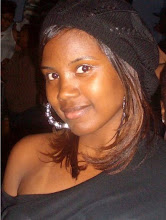
Most of the businesses that were located on Pennsylvania Avenue were destroyed during the rioting. Not only did this ruin the heart of Black Baltimore, it also took the little bit of positivity that The Avenue had left. The 1970’s and 80’s became a horrible divide between the “haves and have not’s.” There weren’t many jobs available so people began to sell drugs or hustle by any means necessary. Below is a video of a Baltimorean and his remembrance of the 68 riots. pleases click the link below to watch the video.
http://www.youtube.com/watch?v=0lbj36LWtHE
(Although Baltimore has a great History, there aren’t many documentations, pictures, and videos on file. So my selection was extremely limited, even at the library.I believe this video may be from one of UB students)
I spoke to Mr. Rodney Elliot of age 78. “Pennsylvania Avenue use to be a security blanket for us Black folks. Then those riots came, and they just messed up everything! I mean I understand why it was done. We wanted to be herd! But man do I miss the good ole’ days on The Avenue. Then After the Avenue was gone, that’s when the Heroine and looting got worse.”
Mr. Elliot seemed to really miss the old Pennsylvania Avenue. As I stated before I could feel the liveliness of The Avenue just by doing the research; so I decided to conduct a small ethnographic study.

No comments:
Post a Comment